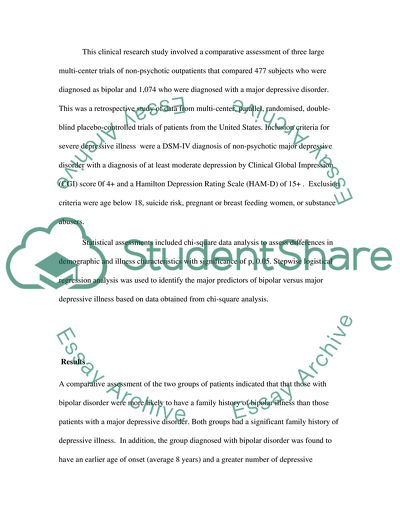Cite this document
(“Methods of Distinguishing Major Depressive Episodes Article”, n.d.)
Methods of Distinguishing Major Depressive Episodes Article. Retrieved from https://studentshare.org/psychology/1717245-axis-i-disorders
Methods of Distinguishing Major Depressive Episodes Article. Retrieved from https://studentshare.org/psychology/1717245-axis-i-disorders
(Methods of Distinguishing Major Depressive Episodes Article)
Methods of Distinguishing Major Depressive Episodes Article. https://studentshare.org/psychology/1717245-axis-i-disorders.
Methods of Distinguishing Major Depressive Episodes Article. https://studentshare.org/psychology/1717245-axis-i-disorders.
“Methods of Distinguishing Major Depressive Episodes Article”, n.d. https://studentshare.org/psychology/1717245-axis-i-disorders.


